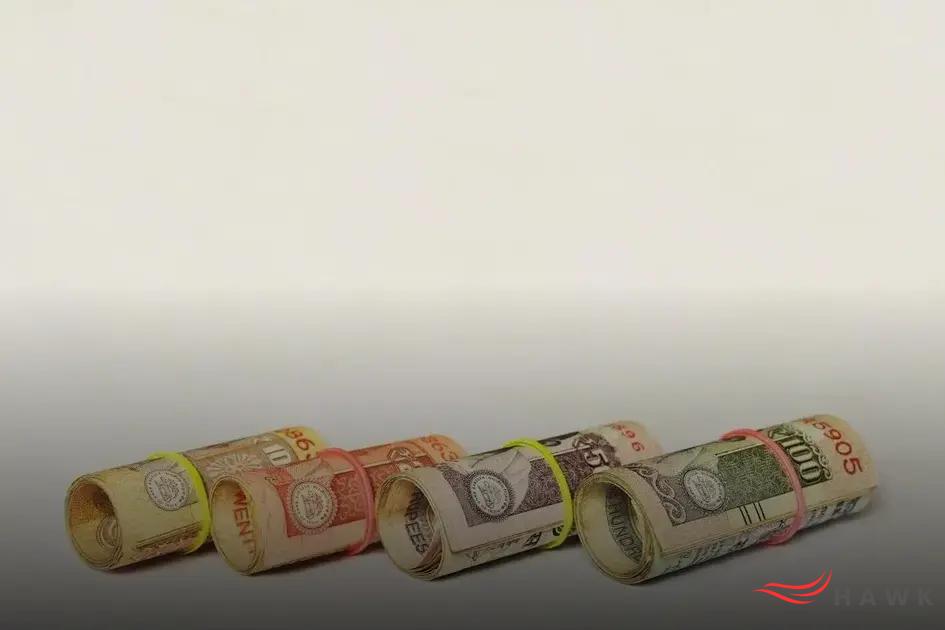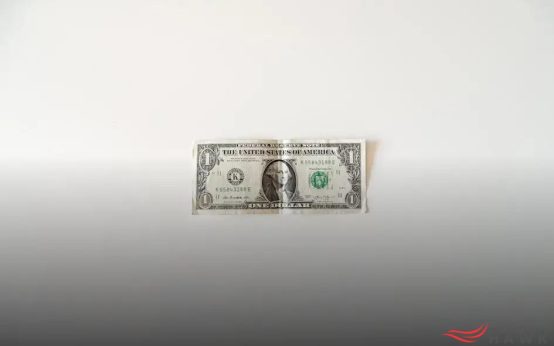Investors often find themselves puzzled by the unpredictable nature of gold and silver prices. Understanding why gold & silver prices are so volatile can involve diving into market dynamics, global events, and more. In this article, we will explore various factors contributing to their fluctuation, attempting to provide clarity amidst the chaos. Whether you’re a seasoned trader or a curious observer, knowing the underlying causes of this volatility is crucial.
Understanding Market Dynamics
Market dynamics play a crucial role in understanding why gold and silver prices exhibit such volatility. At the heart of these dynamics lie the interactions between supply, demand, and investor behavior. When analyzing these metals, it’s vital to recognize that both have inherent industrial and investment uses. Gold, for instance, is often sought as a safe-haven asset in times of economic uncertainty, driving up its demand and, subsequently, its price. Meanwhile, silver’s demand is tethered to its industrial applications, making it susceptible to shifts in economic activity.
Supply-side factors include mining production levels, geopolitical stability in key producing regions, and the recycling rates of these metals. A disruption in any of these can lead to significant price fluctuations. On the demand side, market dynamics must consider the influence of central banks, which may choose to increase or decrease their gold reserves as part of broader monetary strategies.
The forces of supply and demand interconnectedly drive pricing, with speculative trading adding another layer of complexity. Speculators in the commodities market can cause rapid price swings based on perceived future events, economic forecasts, or changes in investor sentiment. Understanding investor psychology, fear of inflation, and currency value fluctuations are all integral to grasping market dynamics in this context.
Impact of Global Events

Global events significantly influence the volatility of gold and silver prices. Economic downturns, political instability, or large-scale crises can cause sudden price hikes in these precious metals, as investors seek safe-haven assets. For instance, conflicts or foreign policy tensions may lead to inflation fears, driving up demand for gold as it is viewed as a stable investment in uncertain times.
Similarly, major economic events like the financial crisis in 2008 led to a surge in gold prices, as financial markets became turbulent. In contrast, periods of economic stability might see a decrease in demand, as investors turn to riskier, higher-yield investments. Additionally, central bank activities, such as interest rate alterations and quantitative easing, can impact currency strength and subsequently affect precious metal prices.
Global Supply Chains and Resource Availability
It’s also important to consider the role of global supply chains. Disruptions due to geopolitical tensions or weather-related issues can affect mining operations, influencing the supply and thereby the pricing of gold and silver. Furthermore, environmental policies may impact production costs, leading to fluctuating prices.
Role of Speculation in Pricing
Speculation plays a pivotal role in the pricing of gold and silver. Traders and investors often anticipate future market movements and base their buying and selling decisions on these expectations. This behavior can amplify price volatility, as speculation leads to swift, and sometimes unpredictable, changes in market sentiment.
Prices of precious metals like gold and silver are not solely determined by their intrinsic values. Instead, they reflect collective market perceptions. When investors speculate that geopolitical tensions or economic instabilities may escalate, demand for these safe-haven assets often increases, pushing their prices upward.
Conversely, when there is a growing confidence in the global economy, speculation might lead to a decrease in demand for metals, causing prices to fall. This cycle of speculation can lead to sharp and swift price fluctuations, further contributing to their volatility.
Understanding the psychology behind investor speculation is crucial. Investors might consider factors like central bank policies, inflation rates, and even statements by influential market figures. These elements can catalyze speculation, leading to significant shifts in supply-demand dynamics and subsequently affecting market prices. Therefore, speculation remains an essential factor in the complex mosaic of elements influencing gold and silver volatility.
Future Trends and Predictions

The future trends in gold and silver prices often mirror shifts in the global economy and policies. Investors should watch for emerging market demand, particularly from countries like China and India, which are large consumers of precious metals. As these economies expand, their demand for gold and silver may increase. Additionally, the development of technological innovations can influence metal prices, sometimes drastically.
The role of digital technology, including trends in cryptocurrencies, may also impact investor sentiment towards traditional physical assets like gold and silver. Meanwhile, as green technologies advance, the demand for silver, used in solar panels and electronics, could rise, affecting its value. Similarly, gold could maintain its allure as a hedge against potential currency devaluation or inflationary pressures.
Economic Policies
Future economic policies, especially those related to fiscal stimulus and monetary easing, are critical in shaping gold and silver market trends. Changes in interest rates can alter the cost of holding physical metals, influencing their demand. Geopolitical tensions can create volatility, leading to swift price surges or dips.
An increasing awareness of environmental, social, and governance (ESG) issues can alter mining practices, potentially affecting supply and price. Investors keen on sustainability may favor metals sourced from eco-friendly processes.
Staying informed on technological advancements, policy decisions, and global economic conditions can offer a competitive edge. Adapting to these changes is key for investors looking to mitigate risks and capitalize on opportunities in these volatile markets.





